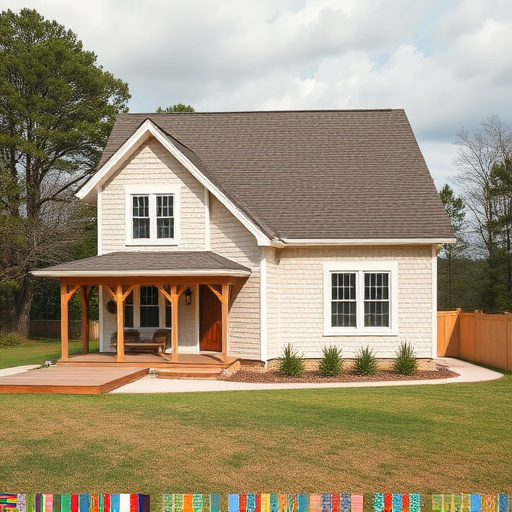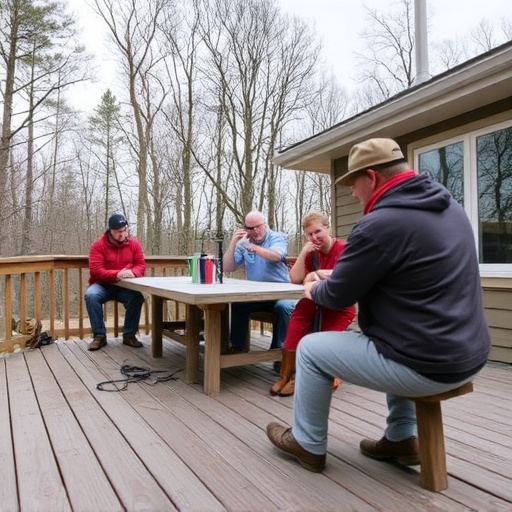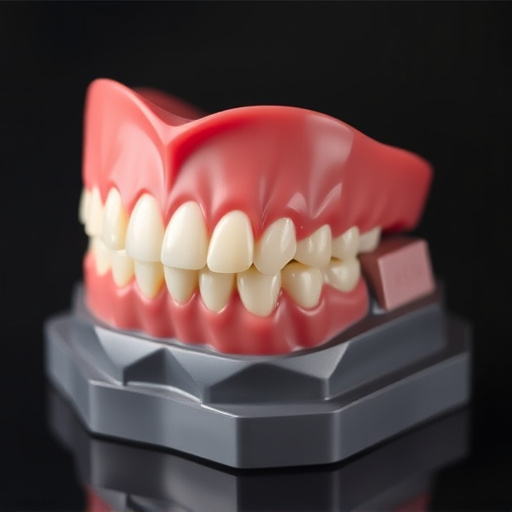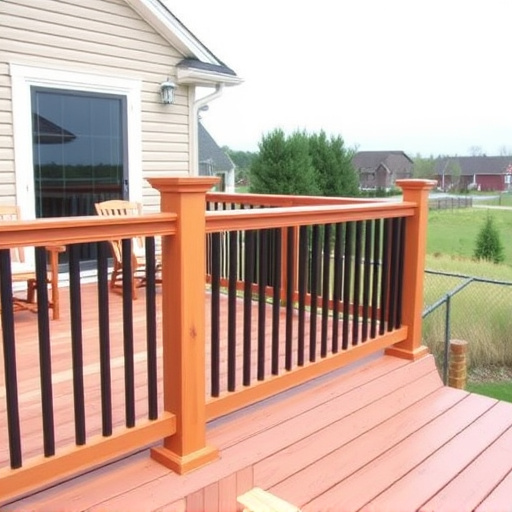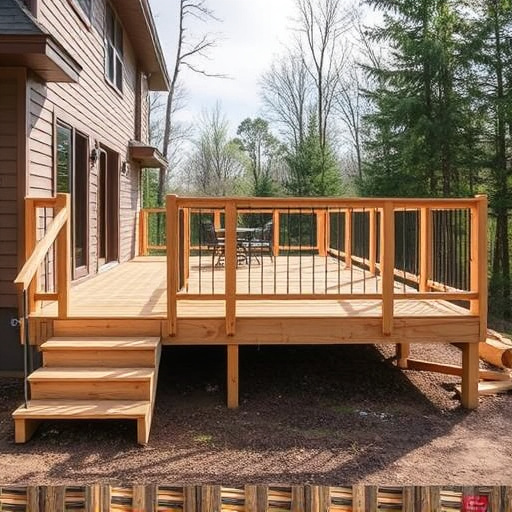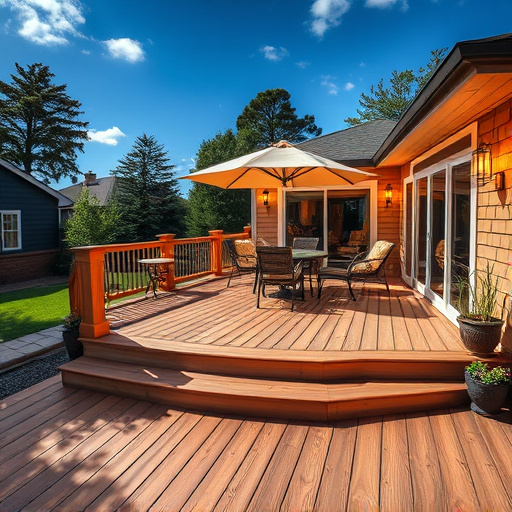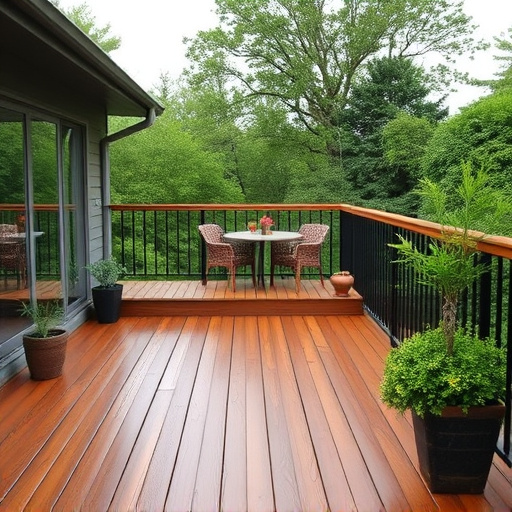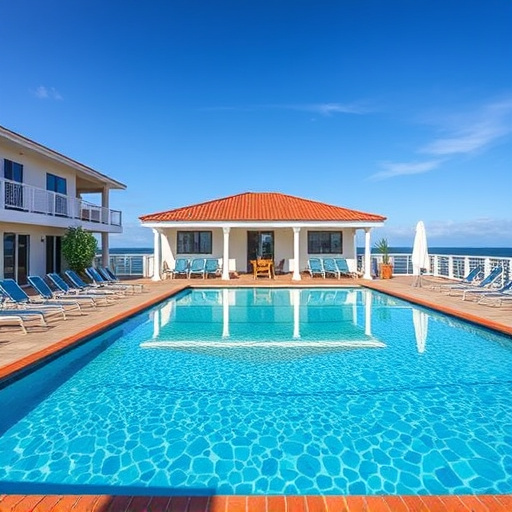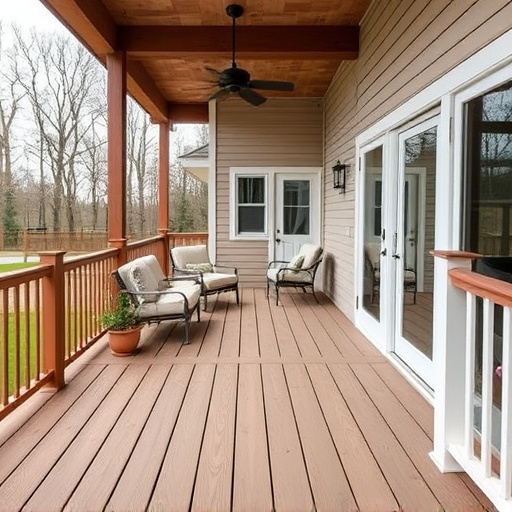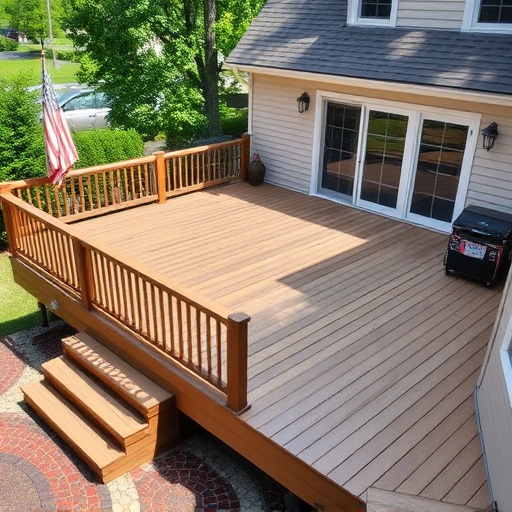Deck builders play a vital role in ensuring safety through slip-resistant decking surfaces, utilizing texture, material, and installation techniques. They should understand ANSI/IBC ratings for traction levels and offer anti-slip treatments without compromising aesthetics. By preventing slips, builders protect users, reduce liability, and ensure the longevity of decking structures, while creative designs transform outdoor spaces into secure and stylish oases that complement diverse architectural styles.
“Enhance safety and style with slip-resistant decking designs, essential for both residential and commercial spaces. This guide equips deck builders with the knowledge to navigate the world of slip resistance. We explore material choices—from natural to synthetic options—and creative design elements that blend safety and aesthetics. By understanding the basics of slip resistance, you can create durable, safe decks that cater to diverse environments. Implement these strategies to elevate your projects and satisfy clients.”
- Understanding Slip Resistance: The Basics for Deck Builders
- Material Choices: Natural and Synthetic Options for Commercial Decks
- Creative Designs: Enhancing Safety with Style for Residential Spaces
Understanding Slip Resistance: The Basics for Deck Builders
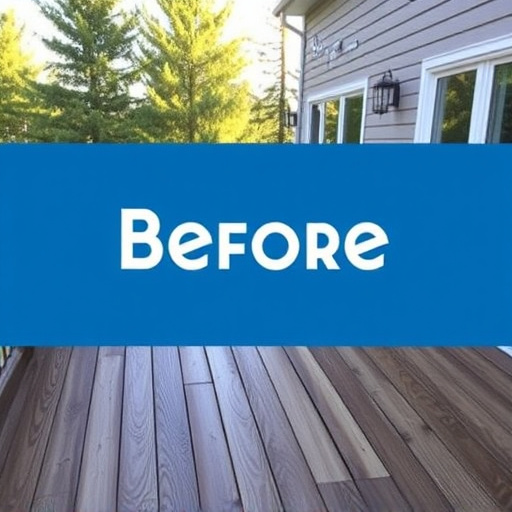
For deck builders, understanding slip resistance is paramount to ensuring both residential and commercial projects prioritize safety. Slip-resistant decking surfaces are designed to minimize the risk of falls, a critical consideration in any outdoor living space. This concept involves a combination of surface texture, material composition, and proper installation techniques. Deck builders should familiarize themselves with commonly used slip resistance ratings systems, such as the American National Standards Institute (ANSI) or International Building Code (IBC), which provide standardized measures for evaluating traction levels.
By incorporating anti-slip treatments during construction, deck builders can offer homeowners and businesses enhanced safety without compromising aesthetics. From textured coatings to specialized non-skid overlays, a range of home exterior services are available to address different needs and budgets. Remember, preventing slips and falls not only protects individuals but also reduces liability for property owners and contributes to the longevity of the decking structure, potentially eliminating the need for costly roof repair or roof replacement down the line.
Material Choices: Natural and Synthetic Options for Commercial Decks
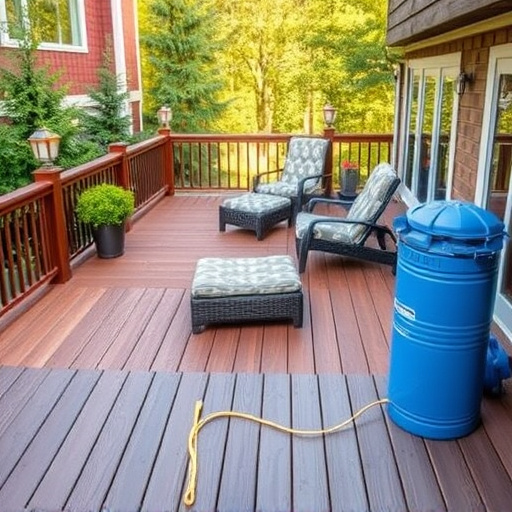
When it comes to choosing materials for commercial decks, deck builders have a wide range of options to create slip-resistant surfaces. Natural materials like wood and bamboo offer aesthetic appeal with various textures and patterns, enhancing outdoor spaces. However, they may require more maintenance compared to synthetic alternatives. Commercial decking projects often demand durable solutions that can withstand heavy foot traffic and harsh weather conditions without compromising safety.
Synthetic materials have gained popularity for their low-maintenance nature and superior grip. Composite decking, made from a blend of wood fibers and plastic, provides an eco-friendly option with long-lasting performance. Additionally, specialized rubber or plastic tiles can be installed to create textured surfaces, ensuring better traction even in wet conditions. These synthetic solutions are particularly advantageous for high-traffic areas and offer ease of cleaning and maintenance, making them a preferred choice among deck builders catering to commercial and residential roofing needs alike.
Creative Designs: Enhancing Safety with Style for Residential Spaces
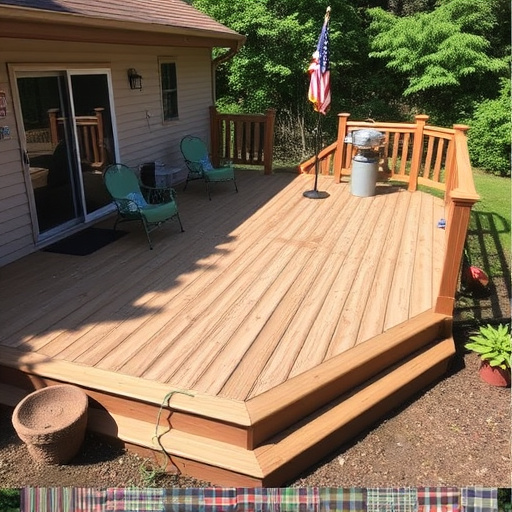
In residential settings, creative slip-resistant decking designs are transforming outdoor spaces into safe and stylish oases. Deck builders are incorporating innovative patterns and materials that not only enhance traction but also elevate the aesthetic appeal of homes. From textured woods to grip-enhancing tiles and non-skid coatings, these designs offer both safety and visual interest. Property owners can embrace modern aesthetics while ensuring their loved ones and guests remain secure on outdoor decks, eliminating the risk of costly falls and injuries.
Moreover, these creative approaches complement various architectural styles, from contemporary minimalist designs to traditional colonial homes. Deck builders are also leveraging trends in exterior home improvements, such as siding replacement and siding services, to create cohesive looks that enhance overall curb appeal. By combining slip-resistant features with appealing visual elements, residential deck builders are helping homeowners across the country create outdoor living spaces that are both safe and stunning.
When it comes to slip-resistant decking, both commercial and residential projects benefit from innovative designs that prioritize safety without compromising aesthetics. Deck builders have a variety of options at their disposal, from natural materials with proven traction to synthetic solutions offering unique visual appeal. By understanding the basics of slip resistance and exploring creative design choices, professionals can enhance the safety of outdoor spaces while fostering inviting environments for folks to enjoy.
